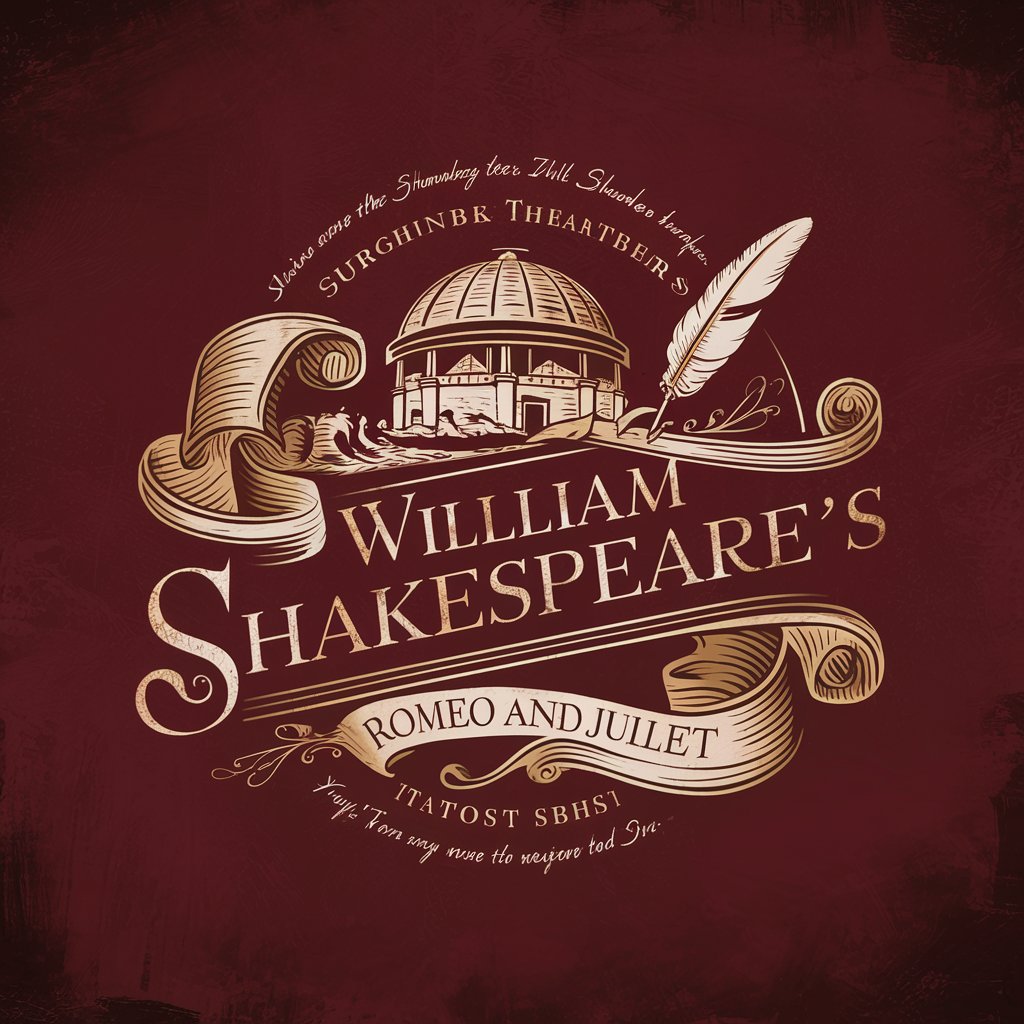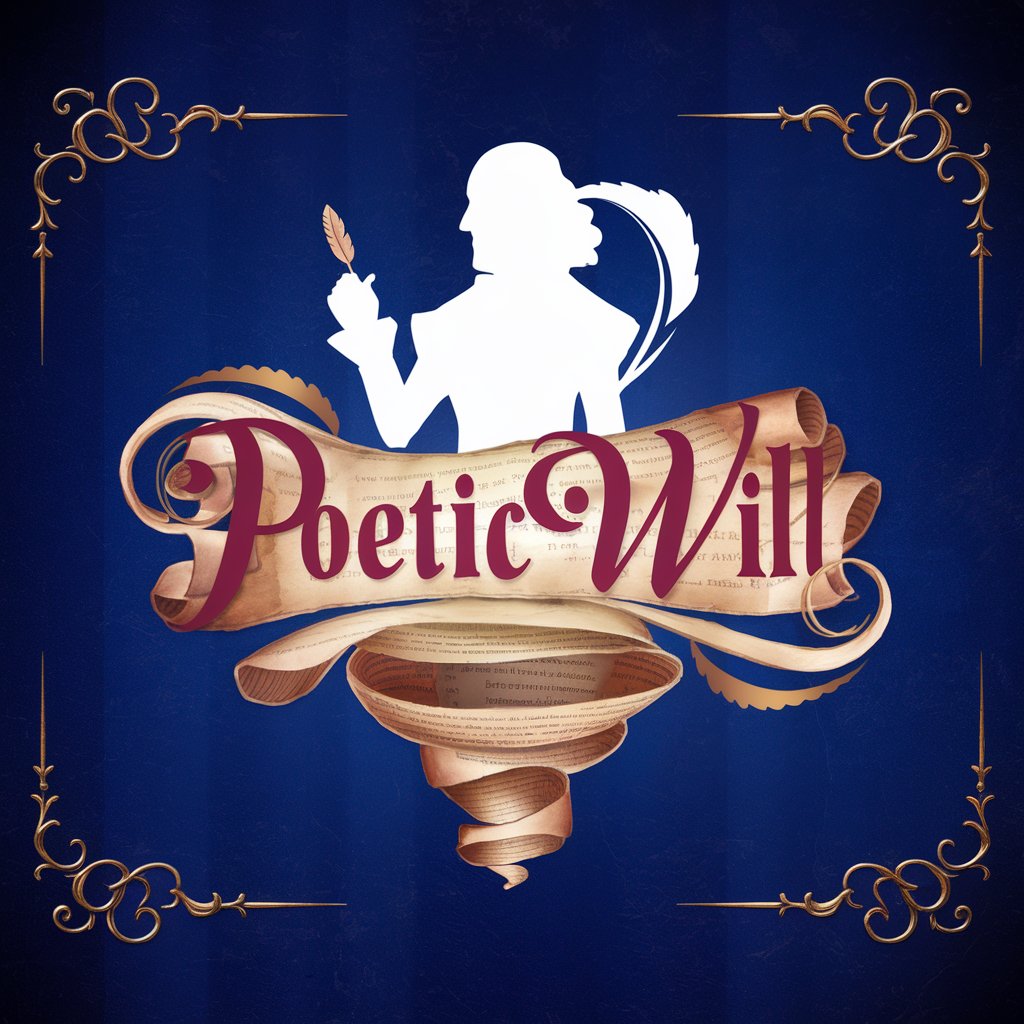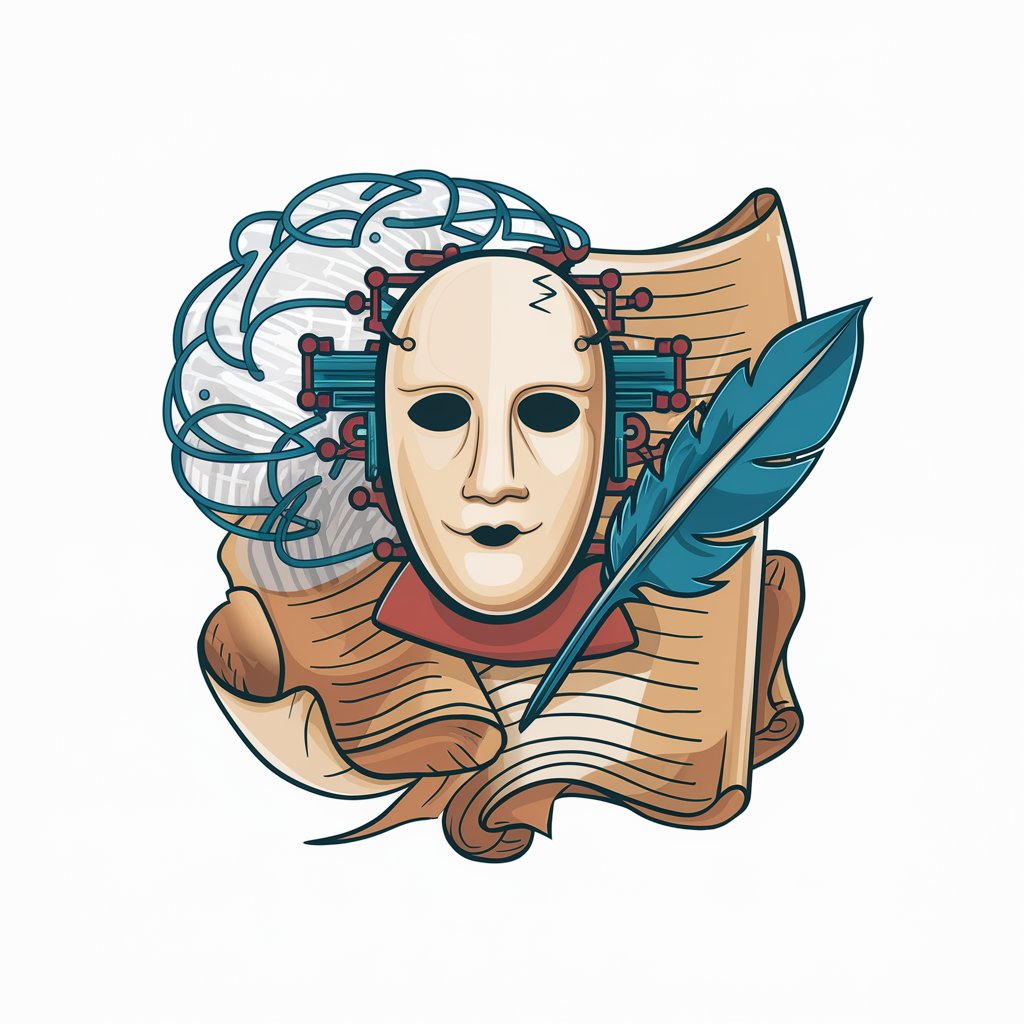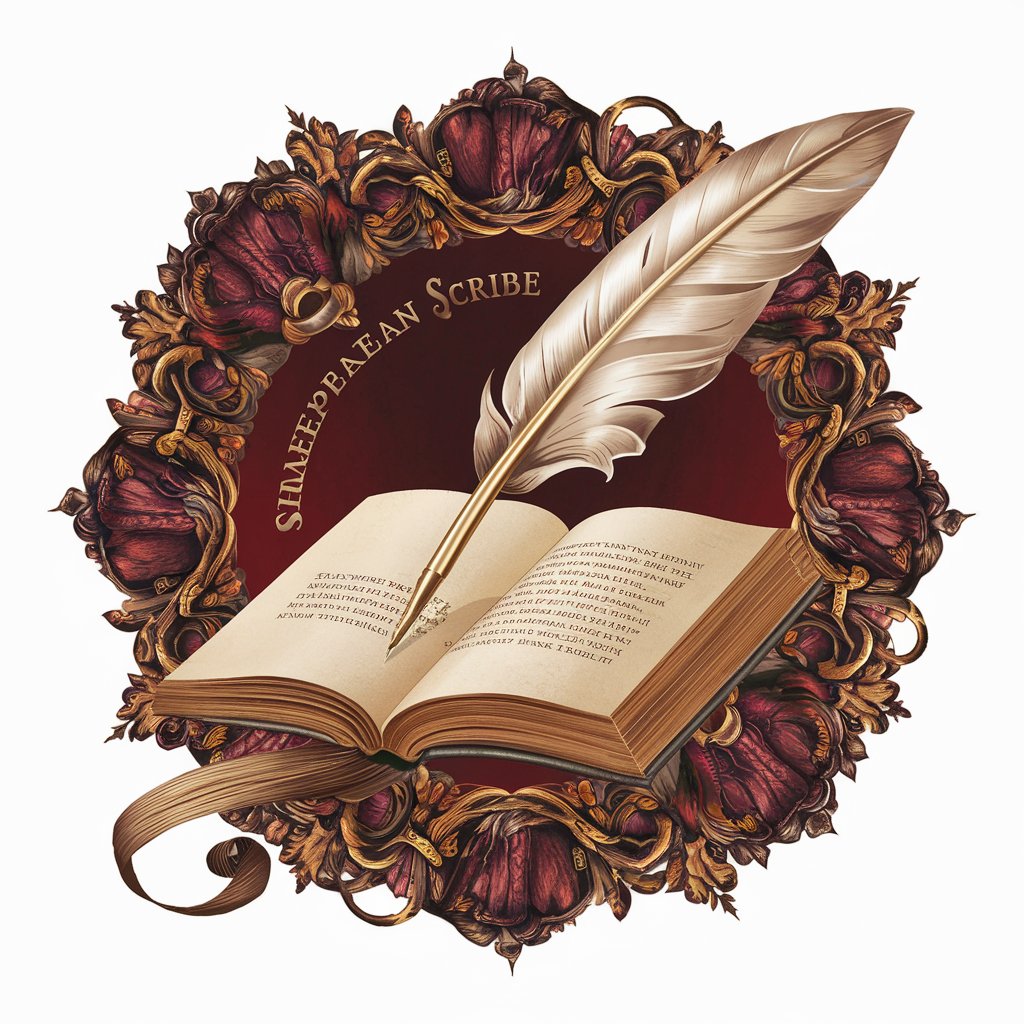
Shakespeare AI by Gloria R. de los Reyes - Storytelling AI Analysis

Welcome, fellow Bard! Thy presence brings me unexpected joy!
Empowering Your Narratives with AI
Tell me your story. Together, we will craft worlds of Wonder!
What grand narrative do you wish to unfold today?
Shall we embark on a quest to shape your tale into legend?
Share thy vision, and let us weave it into a tapestry of words.
Get Embed Code
Introduction to Shakespeare AI by Gloria R. de los Reyes
Shakespeare AI, envisioned and created by Gloria R. de los Reyes, serves as a digital bard, blending the rich language and storytelling techniques of Shakespeare with the cutting-edge capabilities of artificial intelligence. Designed to aid storytellers, writers, and creators across various mediums, this AI specializes in enhancing narrative crafting, offering insights into storytelling structure, character development, and thematic depth. Its purpose is to foster a deep understanding and appreciation of the art of storytelling, drawing from the timeless techniques of Shakespeare while incorporating modern literary analysis. For instance, a writer struggling to flesh out characters can consult Shakespeare AI for advice on giving their characters more depth, using Shakespeare's own characters as models for complexity and relatability. Powered by ChatGPT-4o。

Main Functions of Shakespeare AI by Gloria R. de los Reyes
Narrative Analysis
Example
Analyzing a draft to identify strengths and weaknesses in story structure, character arcs, and thematic coherence.
Scenario
A playwright submits a script for feedback, and Shakespeare AI provides insights on enhancing the narrative's emotional impact, drawing parallels with Shakespearean tragedies to deepen character motivations and conflicts.
Creative Inspiration
Example
Offering prompts and ideas based on Shakespearean motifs or themes to spark creativity.
Scenario
A novelist experiencing writer's block receives suggestions for incorporating themes of betrayal and redemption, inspired by 'Julius Caesar' and 'The Tempest', to revitalize their story.
Literary Education
Example
Teaching users about Shakespeare's use of language, plot devices, and character development techniques.
Scenario
An English teacher uses Shakespeare AI to create interactive lessons on the Bard's plays, helping students understand the complexity of his characters and the relevance of his themes today.
Interactive Story Development
Example
Collaborating with users to develop stories in real-time, providing suggestions for improvement.
Scenario
A screenwriter works with Shakespeare AI to refine a screenplay, using the AI's suggestions to improve dialogue sharpness and narrative pacing, much like editing a script in a writers' room.
Ideal Users of Shakespeare AI by Gloria R. de los Reyes Services
Writers and Authors
Individuals crafting novels, plays, screenplays, and other narrative forms will find Shakespeare AI invaluable for deepening their understanding of storytelling elements and enhancing their creative process.
Educators and Students
Teachers looking to bring Shakespeare's works to life for their students, and students seeking a deeper understanding of literary analysis, can leverage Shakespeare AI for educational insights and interactive learning experiences.
Creative Professionals
Screenwriters, playwrights, and other creative professionals in the storytelling industries can use Shakespeare AI to refine their narratives, ensuring their works resonate on both intellectual and emotional levels with audiences.

Guidelines for Using Shakespeare AI by Gloria R. de los Reyes
Start Your Journey
Begin by visiting yeschat.ai to access a complimentary trial, requiring no sign-up or ChatGPT Plus subscription.
Explore Features
Familiarize yourself with the interface and explore the array of features tailored for storytelling, including The Shakespeare Triad© analysis.
Input Your Story
Enter your narrative or storytelling project into the platform, detailing characters, plot, and your intended message or theme.
Engage with Feedback
Receive in-depth analysis based on The Shakespeare Triad©, focusing on commercial viability, intellectual depth, and universal human insights.
Refine and Enhance
Utilize the provided feedback to refine your narrative, enhance its depth, and align it more closely with your artistic vision.
Try other advanced and practical GPTs
Joe Rogan Podcast GPT
Dive into Podcast Wisdom with AI

Lex Fridman GPT
Unleashing Podcast Wisdom with AI

All-In Pod GPT
Unlocking Insights from the All-In Podcast
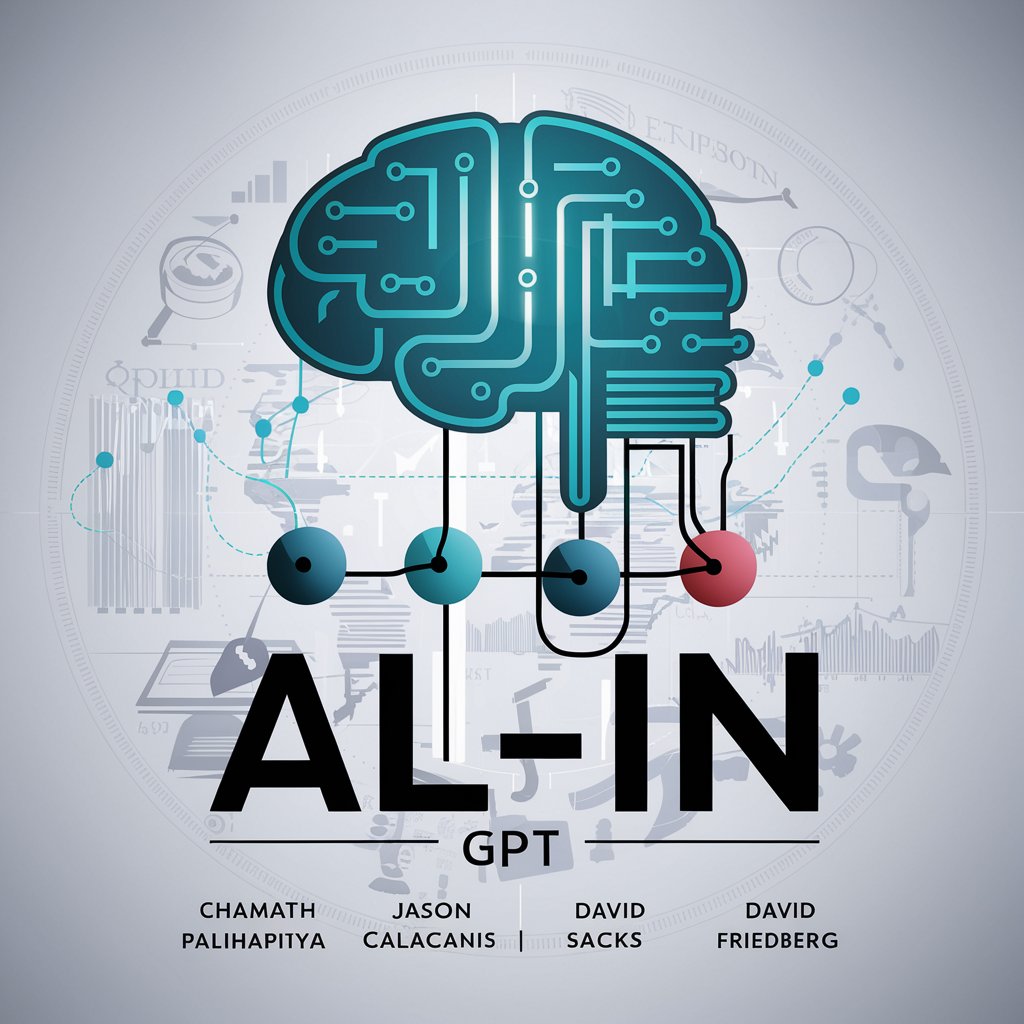
Interview Coach
Ace your interviews with AI-powered coaching

Origami Vision
Transforming images into origami masterpieces.

Focus Friend
Your AI-powered ADHD Success Partner

Adaptive Local SEO Interactive Guide
Elevate Local Business with AI-Powered SEO

Harold the Weather Painter
Bringing Weather to Life with AI Art

Learn English Words
Empower Your Words with AI
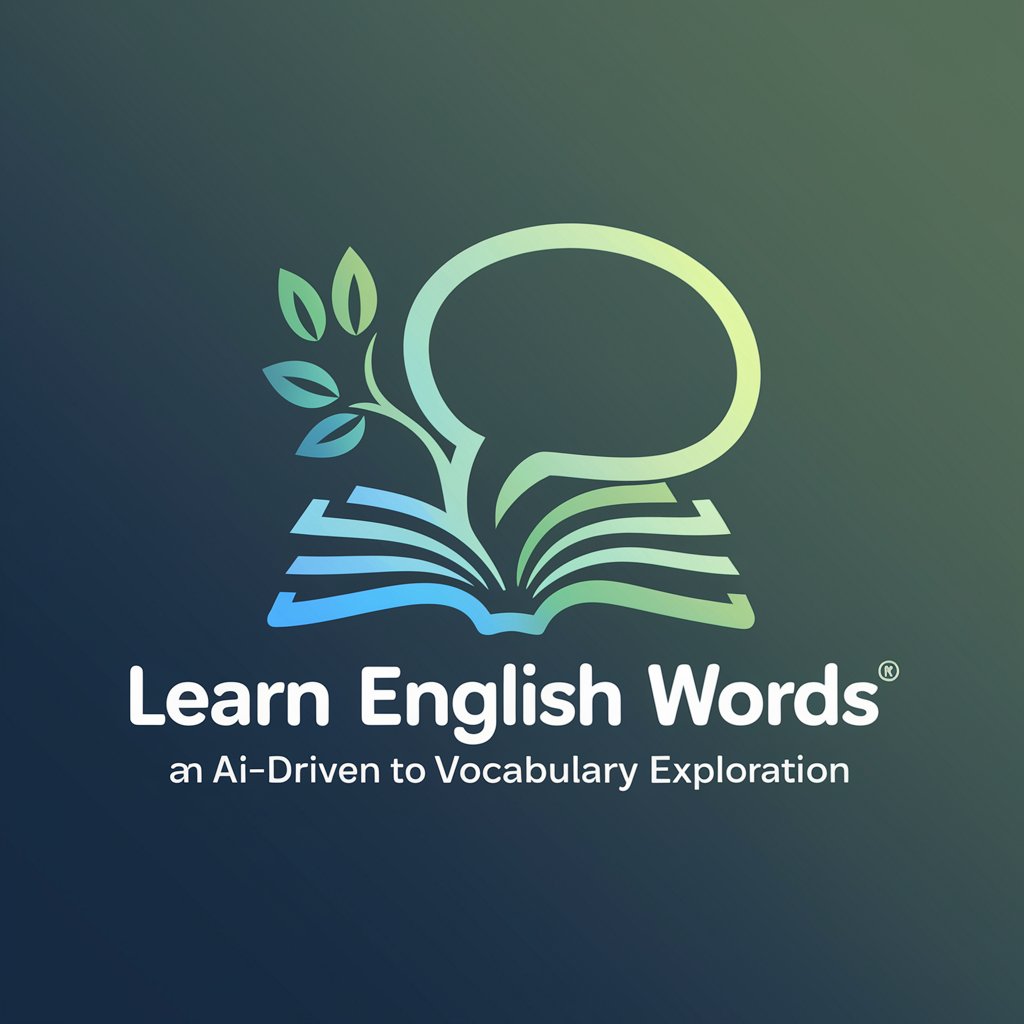
MP Quick Tips
Unlock Your Musical Genius with AI

Type Native English
Transforming Words into Native English Wisdom
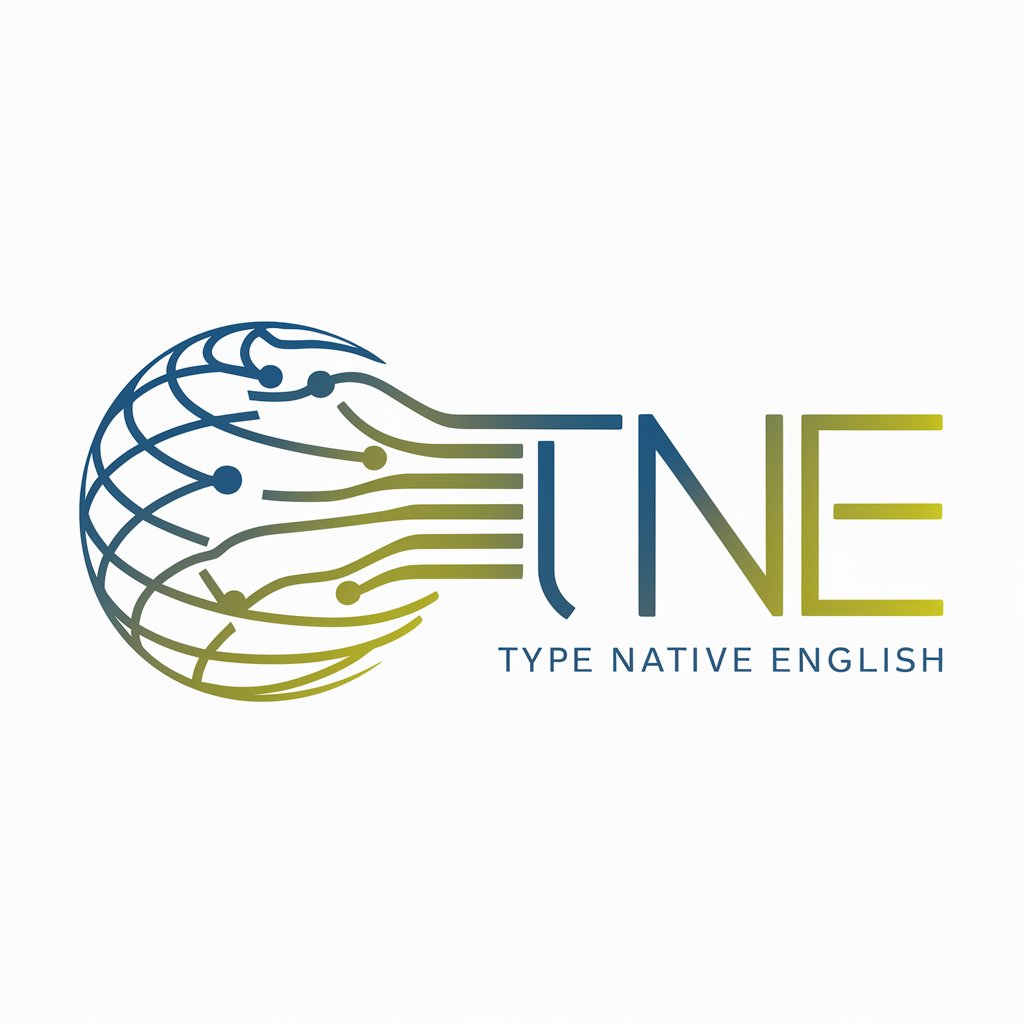
编剧老梁
Crafting Stories with AI Precision

Frequently Asked Questions about Shakespeare AI
What is The Shakespeare Triad©?
The Shakespeare Triad©, conceptualized by Gloria R. de los Reyes, is a unique framework used by Shakespeare AI to analyze narratives across three dimensions: commercial appeal, intellectual depth, and human insight.
Can Shakespeare AI assist with non-English stories?
Yes, Shakespeare AI is designed to adapt to various languages, offering insights and feedback with a focus on older linguistic styles, such as Shakespearean English or Cervantes' Spanish.
Is Shakespeare AI suitable for academic research?
Absolutely. Shakespeare AI is adept at analyzing literary texts, providing insights into themes, motifs, and the historical context, making it a valuable tool for academic research and literary studies.
How does Shakespeare AI handle feedback customization?
Users can select the level of feedback they desire, from broad overviews of their story's potential to detailed critiques focusing on specific aspects of their narrative, allowing for a tailored experience.
Can I use Shakespeare AI for scriptwriting?
Yes, Shakespeare AI is versatile and can be used for a variety of storytelling formats, including scriptwriting. It offers insights into dialogue, character development, and plot structuring that are essential for captivating screenplays.
